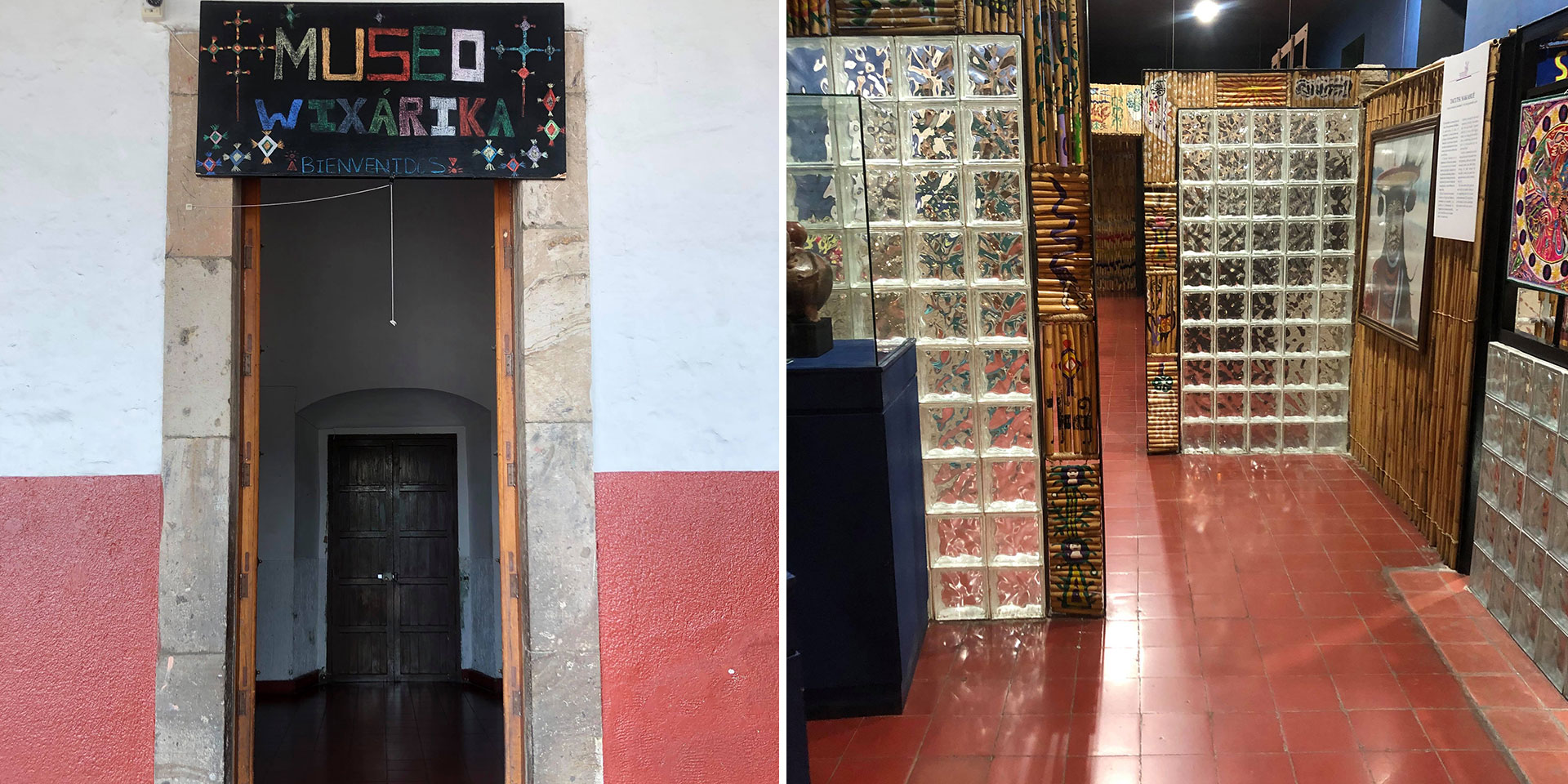The museum offerings of La Perla Tapatía (a nickname for Guadalajara) are vast and diverse; so much so that there’s room for proposals with innovative themes equipped with the latest technology. Here, we offer four venues you can check out.
Extra, Extra! Centuries of Journalism in One Place
Did you know that one of Mexico’s oldest printing presses was established in Guadalajara? Also, that the first independentista (independence-seeking) newspaper on the American continent was printed here? You’ll find out about all this and more when you visit the exhibition rooms of the Museo del Periodismo y las Artes Gráficas (Museum of Journalism and Graphic Arts), installed in the place where these historical events occurred: the Casa de los Perros (House of Dogs).
As the name suggests, the museum reviews history, from the Neolithic caves to the present, the invention of the printing press in Germany and the establishment of radio in Mexico; you’ll even see a turn-of-the-century radio broadcasting booth.
The museum has also dedicated several rooms to graphic arts including printing, engraving and binding. We are sure that you’ll leave in love with these tasks as old as they are current, where paper and ink are transformed into vehicles for posterity.
Between Sacred Venison and Multi-Colored Suns
The Wixaritari or Huicholes are one of the most notorious indigenous groups in western Mexico thanks to their handcrafts made with colorful chaquira beads. Through their creations, it’s possible to glimpse at their vision of the universe and get to know their natural habitat.
Located next to the Zapopan Basilica, northwest of Guadalajara, the Museo de Arte Huichol Wixárika (Huichol Wixárika Museum of Art) seeks to enter the group’s world through photographs, anthropological pieces and beautiful samples of multicolored art.

Despite being small and brief, inside the museum’s rooms there’s a deeper understanding of the wixarika religion, which is intimately tied to the natural world. The museum also describes the group’s form of government, headed by a council of elders, as well as the way they build their homes.
Admittedly, art occupies the central part of this museum; there are masks, textiles made with waist looms, musical instruments and, of course, beautiful pieces made with chaquira beads. This is a place you can’t leave without first acquiring a sample of the group’s creativity.
A Tribute to Ingenuity
As soon as you arrive, the futuristic facade with straight lines and metal surfaces will surprise you. Nevertheless, we invite you to venture inside in order to understand the magnitude of the Palacio de la Cultura y los Congresos‘s (Palace of Culture and Congresses) mission.
The first thing you should explore is the Núcleo de Exhibiciones Temporales (Nucleus of Temporary Exhibitions) because in this area you’ll find the best exhibitions related to art and science. Additionally, you can visit a permanent exhibition concerning the technology that makes mass communication possible.
You have to see the camera with a chromoscopic adapter designed by Guillermo González Camarena, the Mexican inventor of color television. Another must-see piece: the replica of the Morelos II satellite, a Mexican device that made it possible for Spanish-language audiovisual content to reach the entire planet.
Before leaving the museum, visit their forums for musical and dance performances, as well as its modern theaters, where if lucky, you can catch a show.
When the Walls Talk
We love the Museo de Sitio del Palacio de Gobierno (Government Palace Site Museum) because it shows that an old, stationary and seemingly mute building can tell its own story, which is, at the same time, the history of Guadalajara and the Tapatios.
Its location is enviable: in front of the Plaza de Armas, occupying an eighteenth century baroque building with courtyards, balconies and elegant arcades.
In the company of a fun, animated cat and with the help of interactive material, you will learn about the history of the region, from the first settlers to the foundation of the city. At the same time, you’ll know more about the incidents and remodeling that the property has gone through, always in synchronicity with the events that the capital of Jalisco has lived.
The visit continues in a room dedicated to agave—a plant from which tequila is extracted—here you will learn about the myths concerning this drink and you’ll see artifacts related to its production, such as grinding stones and stills.
It’s also unmissable to tour the historic spaces of the palace; in them you will be transported more than 150 years in the past thanks to its decorations and furniture.




